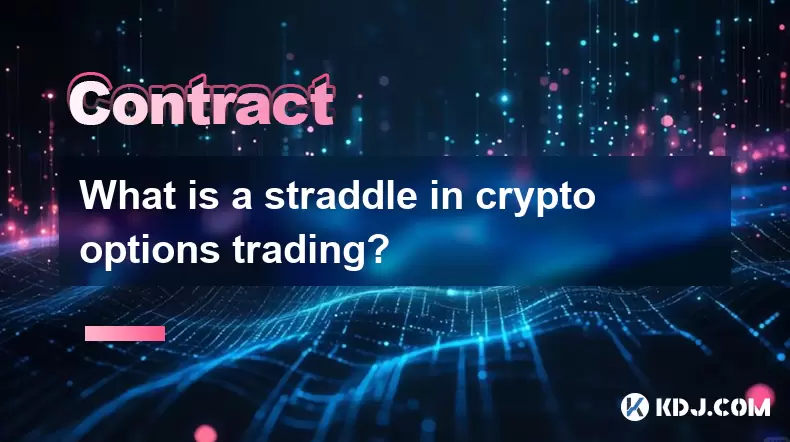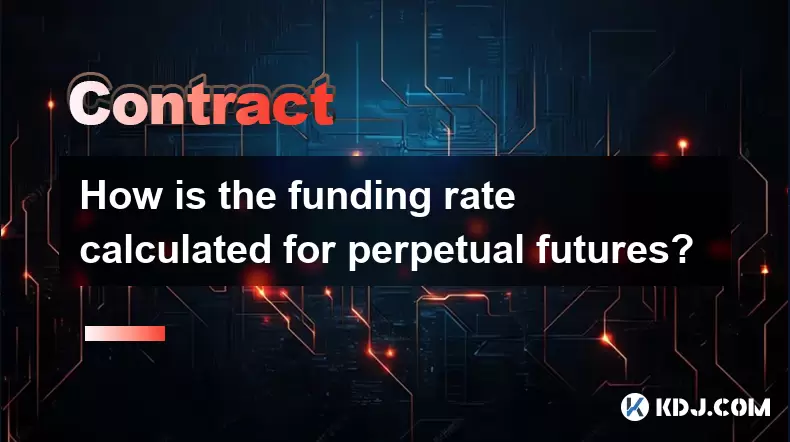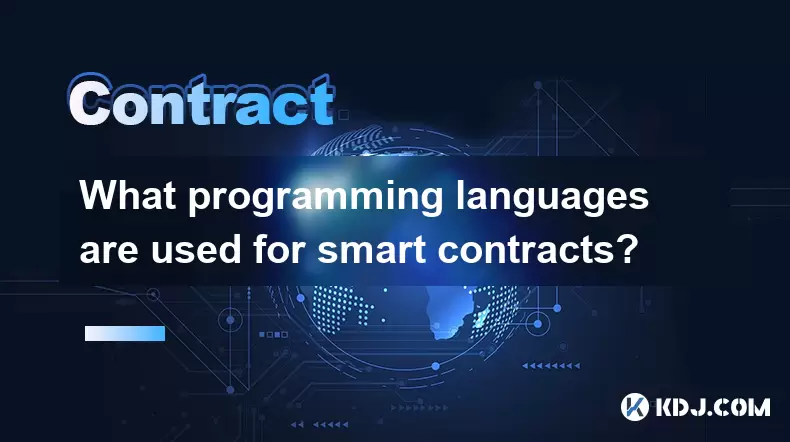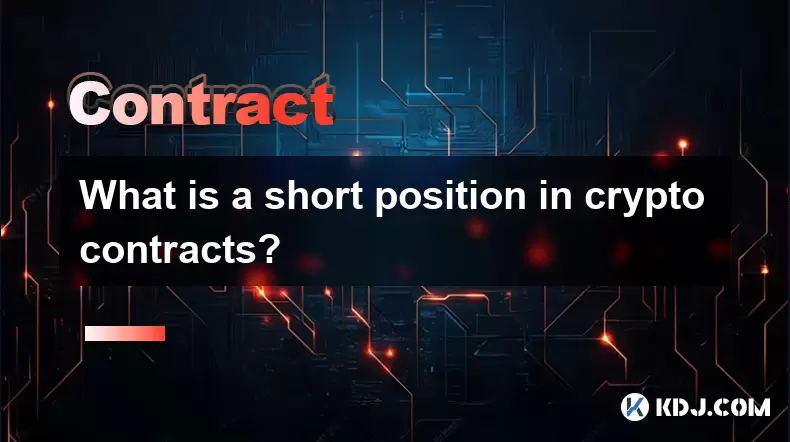-
 Bitcoin
Bitcoin $116800
1.37% -
 Ethereum
Ethereum $3832
5.15% -
 XRP
XRP $3.063
2.69% -
 Tether USDt
Tether USDt $1.000
0.04% -
 BNB
BNB $774.1
0.84% -
 Solana
Solana $170.7
1.56% -
 USDC
USDC $0.0000
0.01% -
 Dogecoin
Dogecoin $0.2142
5.31% -
 TRON
TRON $0.3406
1.90% -
 Cardano
Cardano $0.7635
3.81% -
 Hyperliquid
Hyperliquid $39.55
2.42% -
 Sui
Sui $3.732
7.71% -
 Stellar
Stellar $0.4127
4.25% -
 Chainlink
Chainlink $17.80
6.91% -
 Bitcoin Cash
Bitcoin Cash $576.7
1.66% -
 Hedera
Hedera $0.2521
3.28% -
 Ethena USDe
Ethena USDe $1.001
0.01% -
 Avalanche
Avalanche $22.66
2.19% -
 Litecoin
Litecoin $121.3
2.98% -
 UNUS SED LEO
UNUS SED LEO $8.959
-0.31% -
 Toncoin
Toncoin $3.325
2.88% -
 Shiba Inu
Shiba Inu $0.00001263
2.84% -
 Uniswap
Uniswap $10.11
4.79% -
 Polkadot
Polkadot $3.769
3.22% -
 Dai
Dai $1.000
0.01% -
 Bitget Token
Bitget Token $4.413
1.46% -
 Monero
Monero $272.9
-4.98% -
 Cronos
Cronos $0.1488
4.22% -
 Pepe
Pepe $0.00001088
4.01% -
 Aave
Aave $273.0
4.73%
How does Gate.io contracts calculate margin? What impact do different leverage multiples have on margin requirements?
On Gate.io, higher leverage reduces initial margin but increases liquidation risk; for a $10,000 position, 10x leverage requires $1,000, while 20x needs only $500.
May 07, 2025 at 05:00 am

In the world of cryptocurrency trading, understanding how margin is calculated and the impact of different leverage multiples on margin requirements is crucial for traders using Gate.io contracts. This article will delve into the specifics of margin calculation on Gate.io and explore how varying leverage levels affect the margin needed for trading.
Understanding Margin in Gate.io Contracts
Margin is the amount of funds a trader must deposit to open a position in futures or perpetual contracts. On Gate.io, margin serves as a guarantee to cover potential losses. The calculation of margin is directly influenced by the contract's value, the leverage used, and the maintenance margin rate set by the platform.
To calculate the initial margin required to open a position, Gate.io uses the following formula:
[ \text{Initial Margin} = \frac{\text{Contract Value}}{\text{Leverage}} ]
Here, the contract value is the total value of the position you wish to open, and leverage is the multiple by which you are borrowing funds to increase your trading power.
Impact of Leverage on Margin Requirements
Leverage is a powerful tool that allows traders to control larger positions with a smaller amount of capital. However, it also increases the risk of significant losses. The choice of leverage directly affects the margin requirements.
For example, if you want to open a position with a contract value of $10,000 and you choose a leverage of 10x, the initial margin required would be:
[ \text{Initial Margin} = \frac{10,000}{10} = 1,000 \text{ USD} ]
If you increase the leverage to 20x, the initial margin required would be:
[ \text{Initial Margin} = \frac{10,000}{20} = 500 \text{ USD} ]
As you can see, higher leverage reduces the initial margin required, but it also increases the risk of liquidation if the market moves against your position.
Maintenance Margin and Liquidation
In addition to the initial margin, Gate.io also requires a maintenance margin to keep the position open. The maintenance margin is a smaller percentage of the contract value that must be maintained to avoid liquidation. If the account equity falls below the maintenance margin level, the position will be liquidated to prevent further losses.
The maintenance margin rate varies depending on the contract and the leverage used. For example, if the maintenance margin rate is set at 0.5% for a contract, and you have a position with a contract value of $10,000, the maintenance margin required would be:
[ \text{Maintenance Margin} = 10,000 \times 0.005 = 50 \text{ USD} ]
Calculating Margin for Different Leverage Multiples
To illustrate how different leverage multiples affect margin requirements, let's consider a few scenarios:
- Leverage of 5x: For a contract value of $10,000, the initial margin required would be:
[ \text{Initial Margin} = \frac{10,000}{5} = 2,000 \text{ USD} ]
- Leverage of 10x: For the same contract value, the initial margin required would be:
[ \text{Initial Margin} = \frac{10,000}{10} = 1,000 \text{ USD} ]
- Leverage of 20x: For the same contract value, the initial margin required would be:
[ \text{Initial Margin} = \frac{10,000}{20} = 500 \text{ USD} ]
- Leverage of 50x: For the same contract value, the initial margin required would be:
[ \text{Initial Margin} = \frac{10,000}{50} = 200 \text{ USD} ]
As the leverage increases, the initial margin required decreases, but the risk of liquidation increases due to the smaller buffer against market fluctuations.
Practical Example of Margin Calculation on Gate.io
Let's walk through a practical example of how to calculate margin on Gate.io:
Step 1: Determine the contract value you wish to trade. Let's say you want to trade a BTC/USDT perpetual contract with a value of $10,000.
Step 2: Choose your leverage. For this example, let's use a leverage of 10x.
Step 3: Calculate the initial margin using the formula:
[ \text{Initial Margin} = \frac{10,000}{10} = 1,000 \text{ USD} ]
Step 4: Check the maintenance margin rate for the contract. Let's assume it's 0.5%.
Step 5: Calculate the maintenance margin:
[ \text{Maintenance Margin} = 10,000 \times 0.005 = 50 \text{ USD} ]
- Step 6: Ensure you have at least $1,000 in your account to open the position and maintain at least $50 to keep it open.
Impact of Market Movements on Margin
Market movements can significantly impact the margin requirements and the risk of liquidation. If the market moves in your favor, your account equity will increase, providing a larger buffer against liquidation. Conversely, if the market moves against your position, your account equity will decrease, bringing you closer to the maintenance margin level.
For example, if you have a long position on a BTC/USDT contract with a value of $10,000 and a leverage of 10x, and the price of BTC drops by 5%, your position value will decrease to $9,500. Your account equity will also decrease, potentially bringing you closer to the maintenance margin level.
Frequently Asked Questions
Q1: Can I change the leverage on an existing position on Gate.io?
A1: Yes, you can adjust the leverage on an existing position on Gate.io. However, changing the leverage will affect the margin requirements and may trigger a margin call if the new leverage level requires more margin than you currently have in your account.
Q2: What happens if my account equity falls below the maintenance margin level?
A2: If your account equity falls below the maintenance margin level, your position will be liquidated to prevent further losses. Gate.io will automatically close your position at the current market price, and any remaining funds will be returned to your account.
Q3: How can I reduce the risk of liquidation on Gate.io?
A3: To reduce the risk of liquidation, you can use lower leverage, set stop-loss orders to limit potential losses, and monitor your positions closely. Additionally, maintaining a higher account equity than the required maintenance margin can provide a buffer against market fluctuations.
Q4: Are there any fees associated with margin trading on Gate.io?
A4: Yes, Gate.io charges various fees for margin trading, including funding fees for borrowing funds and trading fees for opening and closing positions. It's important to review the fee structure on the Gate.io platform to understand the costs associated with margin trading.
Disclaimer:info@kdj.com
The information provided is not trading advice. kdj.com does not assume any responsibility for any investments made based on the information provided in this article. Cryptocurrencies are highly volatile and it is highly recommended that you invest with caution after thorough research!
If you believe that the content used on this website infringes your copyright, please contact us immediately (info@kdj.com) and we will delete it promptly.
- Ripple, Rail, and Stablecoin Payments: A $200M Power Play
- 2025-08-07 22:50:12
- Punisher Coin Presale: The Next $Trump? Aiming for 100x Gains!
- 2025-08-07 22:50:12
- Riding the Crypto Wave: Presale Cryptos, Cold Wallets, and the BTC Bull Run
- 2025-08-07 23:10:12
- Crypto's Wild Ride: Punisher Coin, Popcat, and the Meme Coin Mania
- 2025-08-07 23:10:12
- Bitcoin Price, XRP Prediction, Cryptocurrency: Navigating the Wild West of Digital Assets
- 2025-08-07 23:15:12
- WiMi, Quantum Computing, and AR Tech: Navigating the Future Today
- 2025-08-07 22:30:12
Related knowledge

What is a straddle in crypto options trading?
Aug 07,2025 at 11:15pm
Understanding the Basics of a Straddle in Crypto OptionsA straddle is an options trading strategy used when a trader expects significant price movemen...

How is the funding rate calculated for perpetual futures?
Aug 07,2025 at 11:36pm
Understanding the Basics of Perpetual FuturesPerpetual futures are a type of derivative contract that does not have an expiration date, allowing trade...

What programming languages are used for smart contracts?
Aug 07,2025 at 06:07pm
Understanding Smart Contracts and Their Execution EnvironmentSmart contracts are self-executing programs deployed on blockchain networks that automati...

What is a short position in crypto contracts?
Aug 07,2025 at 11:42pm
Understanding the Concept of a Short Position in Crypto ContractsA short position in crypto contracts refers to a trading strategy where a trader prof...

What is a long position in crypto contracts?
Aug 07,2025 at 06:29pm
Understanding the Concept of a Long Position in Crypto ContractsA long position in crypto contracts refers to a trading strategy where a trader buys a...

Why is my Bitstamp futures position being liquidated?
Jul 23,2025 at 11:08am
Understanding Futures Liquidation on BitstampFutures trading on Bitstamp involves borrowing funds to open leveraged positions, which amplifies both po...

What is a straddle in crypto options trading?
Aug 07,2025 at 11:15pm
Understanding the Basics of a Straddle in Crypto OptionsA straddle is an options trading strategy used when a trader expects significant price movemen...

How is the funding rate calculated for perpetual futures?
Aug 07,2025 at 11:36pm
Understanding the Basics of Perpetual FuturesPerpetual futures are a type of derivative contract that does not have an expiration date, allowing trade...

What programming languages are used for smart contracts?
Aug 07,2025 at 06:07pm
Understanding Smart Contracts and Their Execution EnvironmentSmart contracts are self-executing programs deployed on blockchain networks that automati...

What is a short position in crypto contracts?
Aug 07,2025 at 11:42pm
Understanding the Concept of a Short Position in Crypto ContractsA short position in crypto contracts refers to a trading strategy where a trader prof...

What is a long position in crypto contracts?
Aug 07,2025 at 06:29pm
Understanding the Concept of a Long Position in Crypto ContractsA long position in crypto contracts refers to a trading strategy where a trader buys a...

Why is my Bitstamp futures position being liquidated?
Jul 23,2025 at 11:08am
Understanding Futures Liquidation on BitstampFutures trading on Bitstamp involves borrowing funds to open leveraged positions, which amplifies both po...
See all articles

























































































